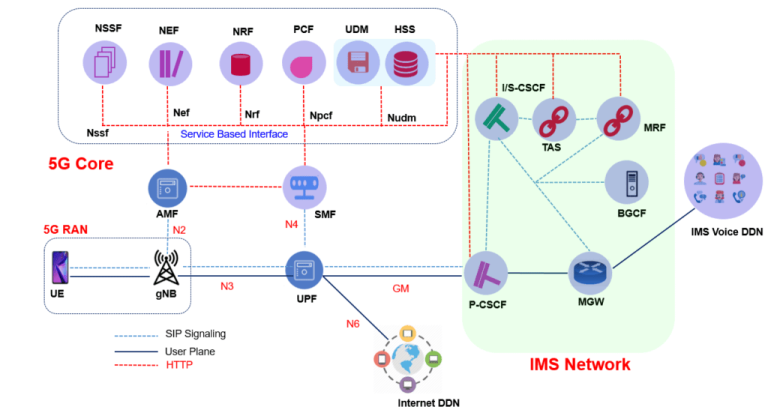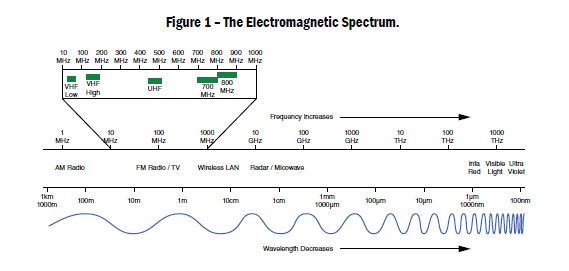Understanding WB-CLMI-LR: Wideband Closed Loop Mutual Information with Linear Receiver Explained
telcomatraining.com – In modern communication systems, especially those dealing with wireless networks, ensuring optimal performance in terms of data transfer and signal processing is critical. One method that has gained attention for improving these systems is WB-CLMI-LR, which stands for Wideband Closed Loop Mutual Information with Linear Receiver. This technique plays a crucial role in enhancing the efficiency of data transmission, especially in wideband communication channels. In this article, we will explain what WB-CLMI-LR is, its working principles, and how it contributes to optimizing wireless communication.
What is WB-CLMI-LR?
WB-CLMI-LR is an advanced communication concept used to measure and optimize the mutual information between the transmitter and receiver in wideband channels. To break this down:
- Wideband refers to a communication channel that can transmit signals over a broad range of frequencies. This allows for more data to be sent at higher speeds and over longer distances, which is crucial for modern wireless communication, such as 5G networks.
- Closed Loop indicates that the system is capable of feedback from the receiver to the transmitter. This feedback allows for real-time adjustments to be made to optimize the signal quality, improving the overall communication link.
- Mutual Information is a measure of the amount of information that is shared between the transmitted signal and the received signal. In communication systems, maximizing mutual information leads to better data rates and higher reliability.
- Linear Receiver refers to the type of receiver used in the system. A linear receiver processes the incoming signals in a linear fashion, ensuring that the signal is decoded without introducing significant distortion or noise.
The WB-CLMI-LR method combines these elements to provide an optimal approach for managing wideband communication systems, making them more efficient and reliable.
How WB-CLMI-LR Works
The core principle behind WB-CLMI-LR lies in its ability to optimize the data transfer between the transmitter and receiver by adjusting the parameters based on real-time feedback. Here’s how it works:
- Signal Transmission: The transmitter sends a signal over a wideband channel.
- Signal Reception: The receiver processes the incoming signal using a linear receiver, which is designed to handle wideband signals with minimal distortion.
- Closed Loop Feedback: The receiver sends feedback to the transmitter regarding the quality of the received signal. This feedback typically includes information about channel conditions, such as noise levels and interference.
- Mutual Information Maximization: Using the feedback, the system calculates the mutual information between the transmitted and received signals. The goal is to maximize this value, as higher mutual information indicates a more efficient and reliable transmission.
- Adjustment of Parameters: Based on the calculated mutual information, the transmitter adjusts its transmission parameters (e.g., power, modulation scheme) to improve signal quality, thus optimizing the overall data transfer rate.
Benefits of WB-CLMI-LR
The integration of wideband communication with closed-loop mutual information maximization offers several advantages in wireless systems:
- Higher Data Rates: By adjusting transmission parameters based on real-time feedback, WB-CLMI-LR ensures that the system operates at the highest possible data rate for the given channel conditions.
- Improved Signal Quality: The use of a linear receiver ensures that the signal is decoded with minimal distortion, even in the presence of noise or interference.
- Adaptability: The closed-loop nature of the system allows it to adapt to changing channel conditions, ensuring continuous optimization of the communication link.
- Better Use of Spectrum: By optimizing mutual information, WB-CLMI-LR helps in making the most efficient use of available spectrum, which is especially valuable in wideband communication systems that operate over a broad frequency range.
Applications of WB-CLMI-LR
The WB-CLMI-LR technique is particularly useful in systems that require high-speed data transmission and reliable communication, such as:
- 5G Networks: As 5G technology is deployed, it relies heavily on wideband channels and the efficient management of data throughput. WB-CLMI-LR enhances the performance of these networks by optimizing signal transmission in real-time.
- Wireless Communication: In environments where wireless communication is critical (e.g., satellite communication, military communication), WB-CLMI-LR ensures that the transmitted data is received with minimal errors.
- Internet of Things (IoT): As IoT devices proliferate, the need for efficient and reliable communication becomes even more important. WB-CLMI-LR helps improve the data transfer capabilities of these devices, ensuring better connectivity and performance.
Conclusion
WB-CLMI-LR is a powerful technique for optimizing wideband communication systems. By combining wideband channels, closed-loop feedback, and linear receivers, it ensures that data is transmitted as efficiently and reliably as possible. This approach not only enhances data rates and signal quality but also adapts to varying channel conditions, making it a valuable tool for modern wireless communication, including 5G and IoT systems. As wireless communication continues to evolve, techniques like WB-CLMI-LR will play a crucial role in shaping the future of data transmission.







